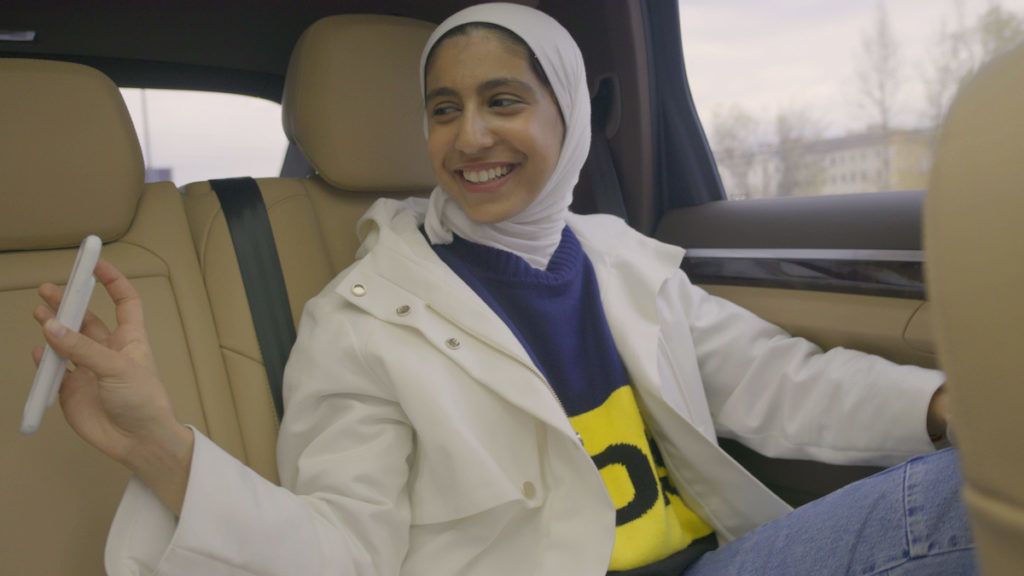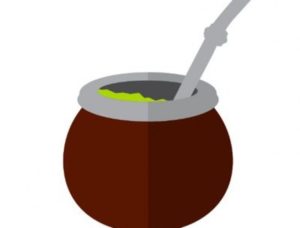Genre: Documentary / Directors: Ian Cheney and Martha Shane
A New Earned Respect for Emojis (???)
Yes, that’s right we got a movie about emojis, and I’ll be honest I did not see this coming. This is probably one of the most insightful documentaries about the shaping of our modern language I’ve seen in some time. There is an array of stereotypical “nonsense” that people take for granted and not realize how it affects our perceptions and reality, and I’ll admit I thought emojis was part of that category. I use them because they are fun and adds extra layers of context to rather dull conversations. Picture Character is a documentary that outlines the path of emojis through its development in our media language, diversity, worldwide communication, and general abstraction. The documentary takes us through the timeline of various people who approach Unicode with emoji proposals. Each group pitches their ideas to showcase why this specific “Picture Character” should be represented within the world language.
Connections and Challenges (?????)
I enjoyed this film’s ability to connect the audience in unconventional ways by actually using emojis to describe a scene. At first, I thought it would be confusing, but it honestly opened my eyes as to how much we use this in our daily language. Emojis challenge the ways we interpret symbols and how it translates across our communication. We turned eggplants to penises, peaches to butts, the room for abstraction brings attention to how symbols evolved and transformed over time. Large companies began using these “Picture Characters” as a means to reaching out to their audiences in unconventional ways.
The ability to develop a storyline using emojis should not be surprising as throughout history (hieroglyphs) and our current time period symbols are used for warnings, directions and general forms of storytelling (street signs, ads, buttons and more). What one could learn from this documentary is that the abstraction of language has never only been limited to letters, punctuation and vocal expressions. The main questions that were on my mind: How do these symbols and pictures transform our thought processes? And, how do emojis present accessibility and common grounds to differing countries/cultures who are trying to communicate?
Emoji Usage in Diversity(????)
What do we want? Non-white people! When do we want it? Now!
One of the earliest problems with emoji representation is the fact that outside of whiteness, there was essentially nothing for you to claim. If you wanted to be a black woman questioning the existentialism and whiteness, you would essentially just have the “confused white woman” emoji. If you wanted to be a hijab questioning Islamaphobia in the modern world where people associate your existence with death, you would have to improvise on your aesthetics.

Muslim representation is always questioned and brought with backlash. What we “accept” correlates to what we are exposed to. Which begins the story of Rayouf, a Muslim woman who proposes a woman in a hijabi emoji. Her story begins at a group chat with her friends where she improvises her aesthetic by using the man in a turban emoji an arrow and a woman. A funny reaction to cultural ignorance. Picture Character covers the challenges Muslims face while trying to advocate for themselves. Something that seems minor, like an emoji, still leaves oppressed folk forgotten. As it was beautiful to watch a young Muslim girl become passionate about representation across various mediums, it is still heartbreaking to watch them propose to a board of white folk why they matter.
Emojis and Patriarchy vs Gender Roles and Bodily Functions (?♂️?♀️?)
Another diversity issue that surfaced was the topic of gender representation. Granted, it should not be surprising that a company like Unicode, (mostly) ran by white men, had certain emojis that coincided with stereotypical ideologies of womanhood. The woman dancing in the red dress and two women in playboy bunny costumes were the first emojis that represented womanhood outside of a typical head shot. It was simple and semi-patriarchal. Granted, we all love a fancy lady in a red dress, but there are many layers and experiences for girls and women outside of a sexy red dress that addresses the experience.
A non-profit dedicated to the recognition and advocacy of children’s rights, (special concentration in young girls) is mentioned introducing menstrual cycles to the dialogue. Also known as Periods, they are consistent part in the lives of menstruating folks, yet still so many are uncomfortable to talk about them publicly without backlash. Which raised the question what is it about periods that make people feel disgusted? In what ways can we steer this conversation to make it normalized? Picture Character showcased the different routes this non-profit took in order to advocate for the normalization of periods and how it should be incorporated into our daily language.
Emoji Food and Culture (???)

Trust me when I say, the world is more than burgers.
The funny part about westernized culture is that it likes to view itself as the center of all things desirable. Hence the reason why the ideology of whiteness is pushed forward, and classical “American” dishes were some of the first food emojis that were presented in the emoji bar. The introduction to different foods and drinks was covered within the documentary as two women stepped up to Unicode to prove to a board why Yerba-Mate should be presented on the emoji board. Their presentation invited me to reflect on how many people felt distanced from what was originally presented on the keyboard. Not only diversity in regard to skin color, but honestly I learned about different foods after scrolling through the emoji keyboard. Food is often the entry-way into people’s cultures and livelihoods. Different environments introduce different ingredients. I was inspired by their passion for Yerba-Mate and how they introduced its popularity among different countries. Picture Characters allow entities to live beyond a drink. This is an advocacy for its importance. I was introduced to a new culture, and it shows that food is more than just art and ingestion.
What Constitutes as Language(??♀️❓?)
Though emojis cannot be “considered a language,” its usage goes beyond just using regular pictures to mean exactly what it stands for. It upholds abstraction. Certain symbols hold different meanings in different countries. It allows it to live as a communicative art piece. They’re used within workplaces. There are etiquette classes surrounding them and What is accepted must be “timeless” (meaning no celebrities or religious figures). I’ve seen emojis being used from ads to art exhibits and honestly, Picture Character made me excited to see how our language will develop over time.
Want to get Black Nerd Problems updates sent directly to you? Sign up here!
Follow us on Twitter, Facebook and Instagram!




Show Comments